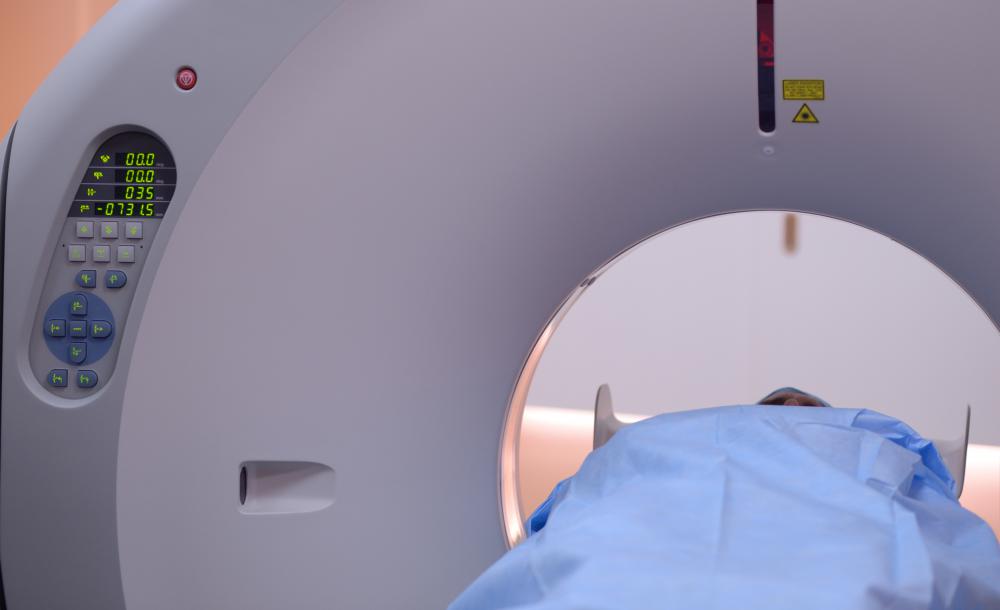At TheHealthBoard, we're committed to delivering accurate, trustworthy information. Our expert-authored content is rigorously fact-checked and sourced from credible authorities. Discover how we uphold the highest standards in providing you with reliable knowledge.
What Is the Liver Parenchyma?
The liver parenchyma is the functional component of the liver, made up of the hepatocytes that filter blood to remove toxins. This contrasts with the stroma, the connective tissue that supports the liver and creates a framework for the hepatocytes to grow on. In patients with liver disorders, part of the liver parenchyma is damaged and does not function properly. Liver damage can cause the production of abnormal proteins, inefficient filtering of toxins from the blood, and other problems.
Individual hepatocytes grow in roughly hexagonal units called lobules. Each lobule is arranged around a central vein, with a framework of cells around it. At the points where hexagons meet, arteries, veins, and bile ducts transport materials to and from the liver. Much of this organ’s blood supply is venous, consisting of blood that needs to be filtered before it can be oxygenated and returned to circulation.

A number of individual lobes make up the liver, and these should not be confused with the much smaller lobules which perform the day to day functions of this organ. Damage to the lobes can result in excessive internal bleeding because of the liver’s substantial blood supply. It can also decrease the efficiency of the liver, making it hard to process blood to remove compounds that might be hazardous.

Some people are born with congenital conditions that affect liver function. They may not be able to metabolize some compounds because their livers produce faulty compounds. Such disorders can lead to a buildup of toxins in the body, sometimes brought about by defective carrier molecules which mistakenly carry toxins to the cells instead of allowing the liver to excrete them. Treatments can include medications and dietary adjustments to control what enters the liver and how it is processed.

Acquired disorders can also involve the liver parenchyma. These include hepatitis, liver cancers, and cirrhosis, usually caused by excessive alcohol consumption. They may cause progressive damage to the liver cells. This organ is capable of regeneration to repair partial injuries, but this takes time. If the patient doesn’t receive treatment or it is not comprehensive enough, the liver may not be able to recover because the rate of damage outstrips the growth of new cells.

Medical imaging studies can show the liver parenchyma. Doctors may request evaluation for masses or signs of liver disease like fatty deposits in the functional areas of the liver. Imaging can also help guide procedures like biopsies, where a medical professional wants to be able to see while guiding a needle into the liver parenchyma or surrounding area.
AS FEATURED ON:
AS FEATURED ON:















Discussion Comments
Early liver transplants were generally done on children born with diseased livers hoping for a new life for the child.
The first three days are crucial to the patients' survival. The first three days are when rejection is the largest issue.
Post your comments